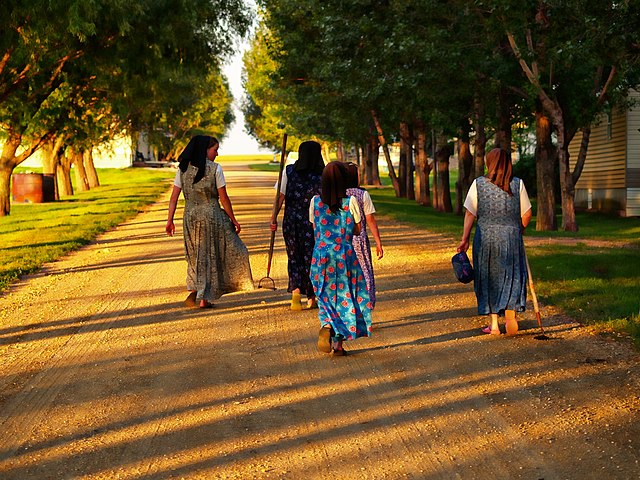A veil is an article of clothing or hanging cloth that is intended to cover some part of the head or face, or an object of some significance. Veiling has a long history in European, Asian, and African societies. The practice has been prominent in different forms in Judaism, Christianity, and Islam. The practice of veiling is especially associated with women and sacred objects, though in some cultures, it is men, rather than women, who are expected to wear a veil. Besides its enduring religious significance, veiling continues to play a role in some modern secular contexts, such as wedding customs.
Roman statue of a veiled Vestal Virgin
Greek bronze statuette of a veiled and masked dancer, 2nd–3rd century BC.
Depiction of Isabeau of Bavaria, queen of France, wearing veiling
Coptic Christian woman wearing a veil (1918)
Head covering for Christian women
Christian head covering, also known as Christian veiling, is the traditional practice of women covering their head in a variety of Christian denominations. Some Christian women wear the head covering in public worship and during private prayer at home, while others believe women should wear head coverings at all times. Among Oriental and Eastern Orthodox Churches, certain theologians likewise teach that it is "expected of all women to be covered not only during liturgical periods of prayer, but at all times, for this was their honor and sign of authority given by our Lord", while others have held that headcovering should at least be done during prayer and worship. Genesis 24:65 records the veil as a feminine emblem of modesty. Manuals of early Christianity, including the Didascalia Apostolorum and Pædagogus, instructed that a headcovering must be worn by women during prayer and worship as well as when outside the home. When Saint Paul commanded women to be veiled in 1 Corinthians, the surrounding pagan Greek women did not wear headcoverings; as such, the practice of Christian headcovering was countercultural in the Apostolic Era, being a biblical ordinance rather than a cultural tradition. The style of headcovering varies by region, though Apostolic Tradition specifies an "opaque cloth, not with a veil of thin linen".

An Eastern Orthodox Christian woman wearing a headcovering at church; behind her is an icon of the early Christian virgin martyr Saint Tatiana of Rome, who is depicted with her head covered.
Women who belong to the Hutterite Church, an Anabaptist Christian denomination, wear their headcovering (usually in the form of an opaque hanging veil) throughout the day.
Christian women wearing headcoverings at an Easter church service in Saint Petersburg, Russia
The biblical figure Ruth depicted wearing a head covering in the field of Boaz (painting by Julius Schnorr von Carolsfeld)








